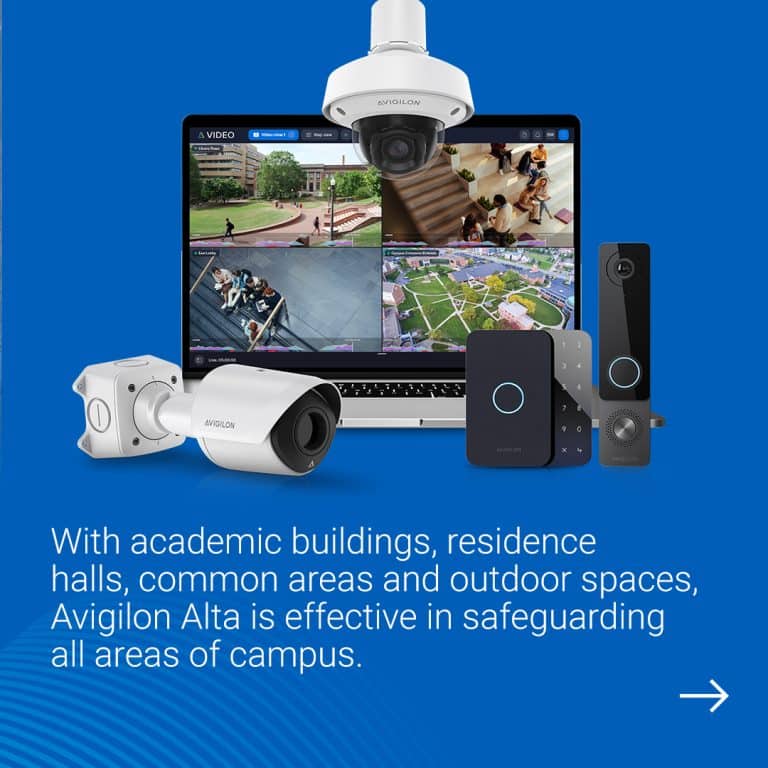Key Points:
- Upgrading may cost less than the hassles of old software systems
- Data problems and compatibility with tools are a primary concern
- A poor software experience can erode employee satisfaction
Think sticking with the same old version of the same old software is a smart move? While it may work well enough — for now — the clock is ticking toward trouble. Waiting to upgrade creates a monster that eats money, time, data, and morale.
It’s Costing You More Than You Think.
Demands on your business are growing, putting more pressure on your old software to perform under pressure it wasn’t designed to handle. As your system struggles to keep up, glitches become more frequent and the risk of failure climbs. Software vendors may still be willing to help, but as your old system slips further into history, fixing it becomes more of a custom job with higher custom job prices.
Maintenance is especially critical and gets more expensive as software ages. If you’re assuming you can skip maintenance and just eat repair costs on a case-by-case basis, you’re heading down a rat hole. You’ll drain your budget and risk emergencies that slow or even stop your productivity altogether. When a software system goes offline for repair, it can take employees and processes with it.
Do you fear the expense of licensing new software? Consider what you get for the investment. Better software creates new opportunities to work smarter and more efficiently. It fuels your potential to do more for your customers faster, which can easily compensate for licensing costs. Fewer glitches, less downtime, and less expensive maintenance make the return on an upgrade and licensing investment even better.

It’s Holding Your Data Hostage.
Fewer and fewer software systems exist in isolation. It’s a connected world and your system’s ability to plug into other systems, both internal and external, can make or break your business’ capacity to thrive. Old software that’s not compatible with other systems within your business, your vendors’ systems, or your clients’ systems, effectively traps data that could otherwise power your success. Incompatibility cuts off the flow of data and prevents it from being used to inform and strengthen your partnerships.
Incompatibility can also pose a threat when it comes to hardware connections. Old software can compromise inputs streaming from hardware, leading to inaccuracies and data loss. Essential access control hardware, networking hardware and surveillance equipment can be impacted in addition to more specialized systems ranging from advanced two-way radios to inventory management tools like barcode scanners and RFID readers.

Old software presents a higher data security risk, too. As technical standards around security improve with software upgrades, old software becomes easier to hack. Clinging to an old system may ultimately cost far more in security breaches than the price of upgrading. And if a crisis strikes, you could wind up paying for both all at once.
Data portability realities can also come as a big, unwelcome surprise. You may not be able to transfer data locked within an old software system. There may be no way of retrieving the data for use in a new or different system. Then you’re faced with either abandoning your old system and starting over or sticking with it as it ages and eventually breaks down.
It’s Frustrating Your Employees.
Nobody likes to work with a system that feels like a Rube Goldberg machine. Old software that’s no longer precisely matched to an evolving business operation will result in unnecessary hassles and the need for ‘work arounds.’ Employees will find themselves developing their own ways of getting their jobs done by compensating for software shortfalls. As their jobs become more complicated, efficiency suffers and productivity slows.
Troubleshooting that becomes a way of life for employees should be a red flag for managers. Constantly having to deal with problems like rebooting old software and calling for technical assistance, gets in the way of good work and kills job satisfaction. Employees struggling with old software will hit their limits and look elsewhere for work that’s less difficult and better supported. Is old software worth the risk in turnover?

It’s a Dead End.
Your old software system may have served you well for years, doing the job exactly right in support of the goals of your business. You may look at it as the workhorse you can’t live without and worry that upgrading to something new will take too much time to learn and may not work as well. But the reality is new software is designed to be a rewarding experience. After businesses upgrade, many wonder how they survived for so long without it.
And the truth is there isn’t much of an alternative. Even well-maintained software loses steam over time. The people who created and supported it eventually abandon it in favor of new opportunities to make something smarter, stronger and more effective for your business.
Commenco is proud to partner with leading software providers to empower businesses with the strongest hardware and software connection possible. Contact us today to learn more about how we can help.






